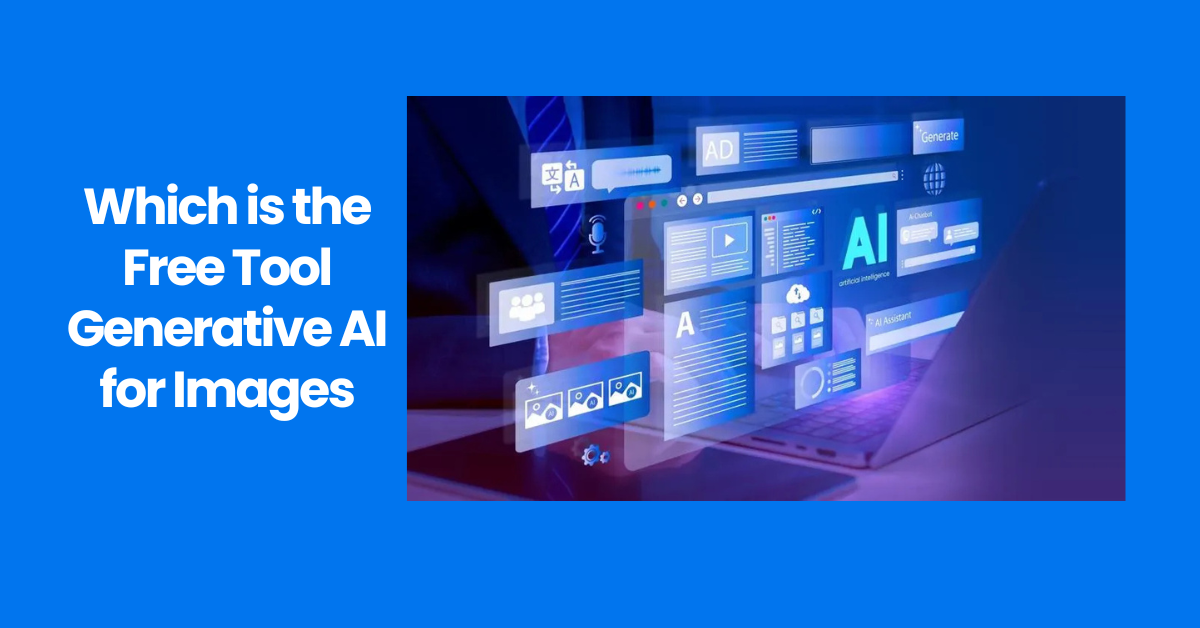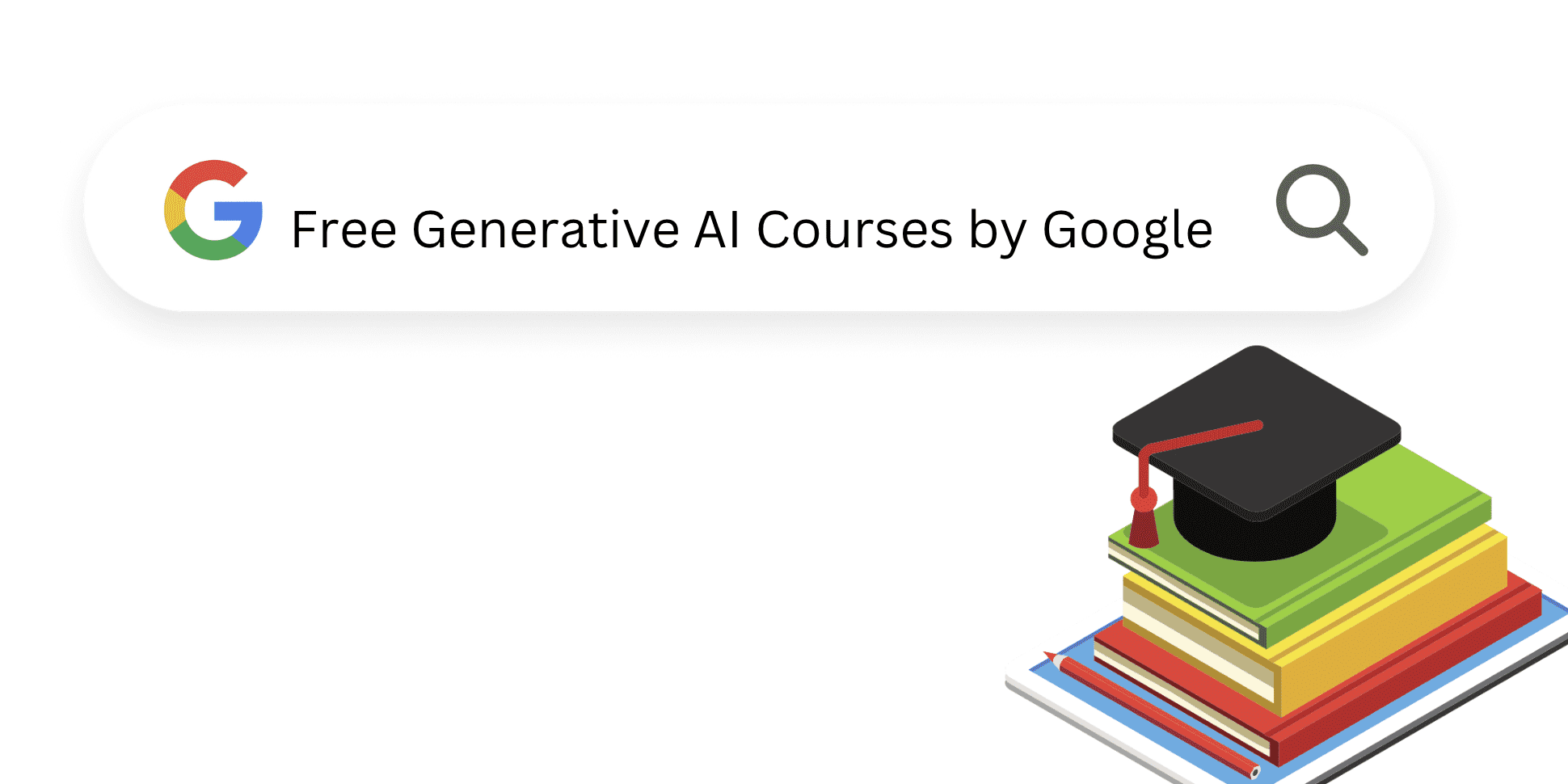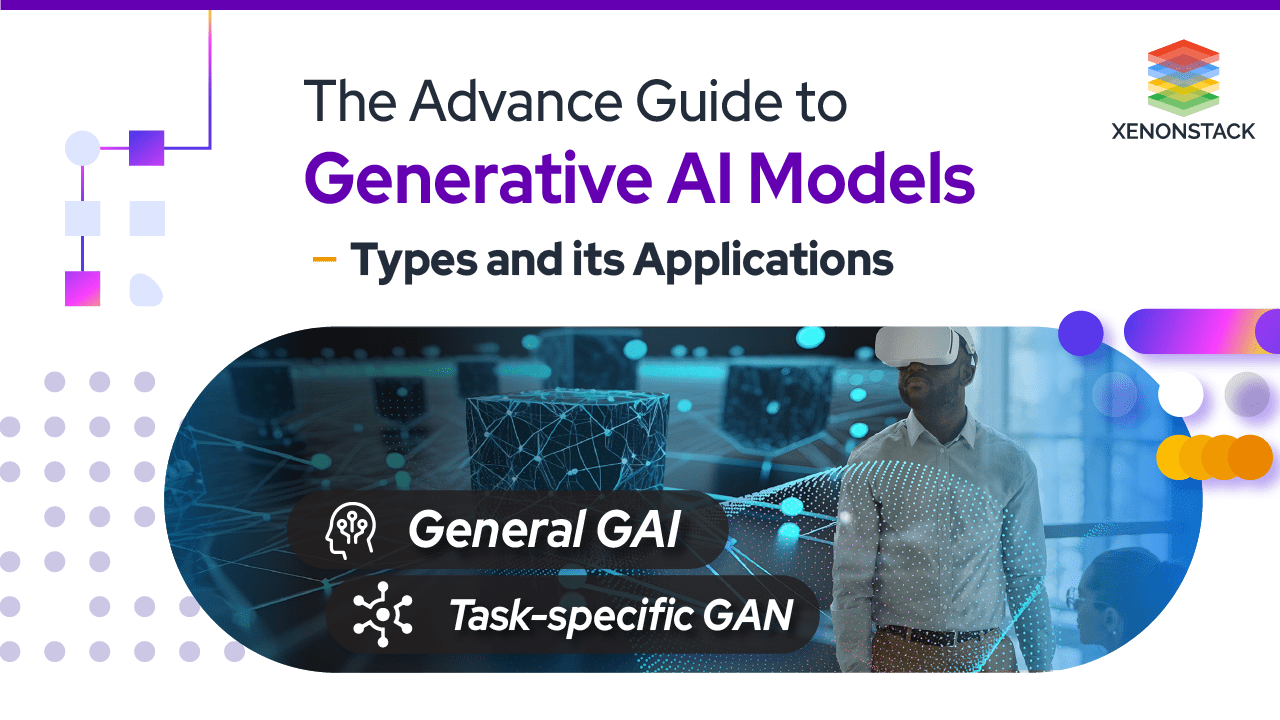
Which is the Free Generative AI for Images: Top Tools to Create Stunning Visuals
- Image Generators
- November 10, 2024
- No Comments
Which is the Free Generative AI for Images is a question that many creatives are asking in today’s digital age, where creativity is no longer confined to skilled artists or seasoned designers. The emergence of generative AI tools has democratized the world of image creation, enabling anyone with a computer and an idea to generate visually stunning artwork. This blog post will delve into the exciting realm of free generative AI for images, exploring various tools available, their features, and how they can empower individuals and professionals alike to unlock their creative potential without the burden of financial investment.
No Budget? No Problem: Top Free Generative AI Image Generators Compared

The landscape of free generative AI tools for image creation has gained significant traction in recent years. There’s an array of options available, each boasting unique functionalities and creative potentials. In this section, we’ll examine some of the top free generative AI image generators that can elevate your artistic endeavors.
Overview of Popular Free Tools
With various platforms offering free services, it’s essential to understand what sets them apart.
DeepAI, for example, allows users to generate images based on text prompts using its neural network algorithms. It serves as a straightforward entry point for those new to AI-generated art. Another noteworthy tool is Artbreeder, which focuses on blending images to create novel artworks through collaborative efforts among users. Users can morph and edit existing images, resulting in unique creations that often carry an ethereal quality.
For users seeking more control over their artistic direction, Runway ML provides a comprehensive suite of AI-powered tools designed for creators. While primarily used for video editing, it includes features for generating high-quality still images from textual descriptions, making it a well-rounded option for those interested in multimedia projects.
Comparing Features and Usability
When selecting a generative AI tool, usability and features play critical roles.
DeepAI’s interface is user-friendly, making it accessible to beginners. The process involves inputting a simple text prompt and letting the AI work its magic. On the contrary, Artbreeder offers a more complex experience where users can manipulate various parameters, such as color schemes and styles, to achieve desired results.
Runway ML stands out by allowing users to integrate models from other disciplines, like machine learning for video synthesis, into their image creation workflow. This versatility increases productivity for creators looking to merge visual narratives across different mediums. Ultimately, understanding each tool’s strengths and weaknesses will help users choose the right platform based on their needs.
Accessibility and Community Support
One significant advantage of these free generative AI tools is the accessibility they provide. Most of them require nothing more than an internet connection and a web browser. Many platforms have built vibrant communities where creators exchange tips, showcase their work, and collaborate on projects.
Artbreeder, for instance, fosters a community-centric environment where users can share their creations, receive feedback, and draw inspiration from others. Engaging with such communities enhances the overall experience and empowers users to push their creative boundaries further.
Beyond the Basics: Which is the Free Generative AI for Images

While basic functionality is crucial, many free generative AI tools offer advanced features that can significantly enhance the creative process. This section explores these features, illustrating how they can take your image generation experience to new heights.
Advanced Customization Options
The ability to customize outputs is vital for achieving specific artistic visions. Tools like NightCafe Studio provide advanced customization options, allowing users to fine-tune various aspects of their generated images.
From altering color palettes to adjusting the style of the generated artwork, these options enable artists to create images tailored to their preferences. Implementing such features encourages experimentation, fostering a culture of innovation within the community.
Integration with Other Creative Tools
Many free generative AI platforms are stepping beyond standalone capabilities to include integration with other creative software. For example, tools like Canva and Adobe Spark allow seamless imports of generative images, enhancing the workflow for graphic design projects.
By integrating generative AI into popular design software, users can streamline their processes, making it easier to incorporate AI-generated visuals into broader creative initiatives.
Collaborative Features for Collective Creativity
Collaboration is another noteworthy aspect of advanced generative AI tools. Platforms like Artbreeder promote cooperative image creation, where users can blend their ideas and styles. This feature not only fosters a sense of community but also enhances the creative output by combining diverse perspectives.
Online collaborations can yield unique results that may not have been possible through individual efforts, showcasing the power of collective creativity. Leveraging these collaborative features opens up avenues for interactive and engaging experiences among users.
From Text to Art: A Guide to Using Free AI Tools to Generate Images

The magic of generative AI lies in its ability to transform text into compelling visuals. This section will provide insights into how users can effectively harness this power to create dynamic images from written prompts.
Crafting Effective Prompts
An essential component of generating outstanding images from text is knowing how to craft effective prompts.
When forming a prompt, specificity is key. Instead of simply stating “a cat,” consider describing the setting, mood, and style—”a fluffy Persian cat lounging in a sunbeam, painted in an impressionist style.” By adding descriptive elements, you provide the AI with a clearer vision, leading to more accurate representations of your ideas.
Experimentation also plays a crucial role in prompt crafting. Through trial and error, users can discover how slight variations in wording can drastically change the outcome, leading to surprising and often delightful results.
Understanding AI Interpretation
Another critical factor in generating images from text is understanding how AI interprets language. Natural Language Processing (NLP) allows AI systems to comprehend context and semantics, but it’s not perfect.
As users engage with AI image generators, observing patterns in how the AI responds to different prompts can deepen their understanding of its capabilities and limitations. This knowledge fosters better interactions and equips users with the skills needed to communicate their ideas effectively.
Iterative Refinement of Outputs
Once initial images have been generated, the process doesn’t end there. Users should embrace iterative refinement, reviewing and tweaking the outputs until they align with their vision.
This could involve modifying the original prompt or utilizing additional tools for post-processing, such as Photoshop or GIMP, to enhance details or adjust colors. Continuous improvement ensures that the final product reflects the user’s intent, resulting in more satisfying outcomes.
Mastering the Prompt: How to Get the Best Results from Free Generative AI Image Generators
Mastering the art of prompting is crucial for maximizing the potential of generative AI tools. This section delves into strategies for creating effective prompts that lead to incredible image generation.
The Importance of Clarity in Prompts
Clarity is paramount when designing prompts for generative AI. Vague or ambiguous phrases can lead to unexpected results, often straying far from the user’s intended vision.
A clear and concise prompt explicitly outlines the desired elements of the image. Consider including details about the scene, colors, moods, and even artistic styles. For instance, instead of saying “a city,” specify “a bustling futuristic city at sunset with neon lights reflecting off glass buildings.”
Utilizing Descriptive Language
Descriptive language enriches prompts, providing the AI with vivid imagery to work with. Employing adjectives and adverbs helps convey emotions and atmospheres.
Using evocative language like “whimsical,” “serene,” or “chaotic” can encourage the AI to tap into desired emotional tones, aiding in producing more relatable and resonant images for viewers.
Experimentation and Adjustments
Generating art isn’t always a linear process; it often requires experimentation and adjustments. Users should feel encouraged to explore unconventional prompts, as unexpected results can spark creativity and lead to innovative outputs.
Keeping a record of successful prompts can serve as a reference for future endeavors. Learning from previous attempts can help shape the approach to crafting prompts, allowing users to build upon their successes while identifying areas for improvement.
The Future of Image Creation: The Impact of Free Generative AI Tools
The rise of free generative AI tools for images signifies a transformative shift in how we create and consume visual content. This section discusses the potential future implications of these tools on the creative industry and society as a whole.
Democratizing Creativity
One of the most notable impacts of generative AI is its ability to democratize creativity. As previously mentioned, the barriers to entry for artistic expression have lowered significantly. Anyone with a basic understanding of technology can now create stunning visuals, regardless of their artistic skill level.
This newfound accessibility enables diverse voices to be heard in the creative landscape, leading to a richer tapestry of artistic expression that embraces various cultures, perspectives, and experiences.
Evolving Roles in the Creative Industry
As generative AI becomes more integrated into the creative workflow, traditional roles within the industry may evolve. Designers and artists may find themselves adopting hybrid roles, combining their expertise with AI capabilities to produce innovative works that challenge conventional boundaries.
Additionally, collaboration between humans and AI will likely become more commonplace, raising questions about authorship and ownership of creative works. These discussions will shape the future of intellectual property rights in the artistic domain.
Ethical Considerations and Challenges
While the advantages of generative AI tools are considerable, ethical implications must also be addressed. Issues surrounding plagiarism, copyright infringement, and the potential for misuse of AI-generated content pose challenges that require careful consideration.
Developing guidelines and regulatory frameworks around the use of generative AI will be critical in ensuring responsible practices. Conversations among creators, technologists, and policymakers will be necessary to navigate the complexities of this evolving landscape.
Boosting Productivity: How Free Generative AI Can Help You Create Images Faster
Creativity often intertwines with deadlines and productivity, making efficient workflows essential for success. This section explores how free generative AI tools can enhance productivity in image creation.
Streamlining the Creative Process
Generative AI tools simplify and accelerate the creative process, allowing artists to focus on ideation and refinement rather than spending excessive time on technical execution. With just a few input commands, users can quickly generate multiple iterations of an image, providing a solid foundation for further development.
This rapid prototyping capability enables creative professionals to explore multiple concepts in parallel, facilitating informed decision-making about their final designs.
Reducing Technical Barriers
For individuals who may lack technical proficiency in graphic design or illustration, generative AI offers an opportunity to bypass steep learning curves. The intuitive interfaces of many free tools empower users to experiment creatively without needing extensive training.
This reduction in technical barriers means that more people can contribute to the creative process, fostering inclusivity and encouraging fresh perspectives in artistic projects.
Enhancing Collaboration Among Teams
In collaborative creative environments, generative AI tools can bolster teamwork by providing a common platform for idea sharing. Whether working remotely or in-person, teams can utilize these tools to brainstorm, visualize concepts, and iterate collectively.
This synergy can inspire innovation and enhance group dynamics, ultimately leading to higher-quality outputs and more gratifying creative experiences.
Beyond Images: Exploring Other Capabilities of Free Generative AI Tools
While the focus of this blog post has primarily revolved around image generation, generative AI tools offer a wide range of capabilities beyond just creating visuals. In this section, we’ll explore some of these functionalities.
Audio Generation and Music Composition
Some generative AI tools extend their capabilities into the realm of audio generation and music composition. Platforms like OpenAI’s MuseNet allow users to create original musical compositions by inputting specific genres, instruments, or themes.
These tools empower musicians and composers to explore new sounds and styles, pushing the boundaries of traditional music creation.
Text Generation and Storytelling
Another fascinating application of generative AI lies in text generation. AI-powered platforms like ChatGPT can assist writers in brainstorming ideas, crafting narratives, and even enhancing dialogue in storytelling projects.
By leveraging text generation capabilities, creatives can overcome writer’s block and engage in more dynamic storytelling processes.
Animation and Video Creation
Generative AI tools are also making strides in animation and video creation. Some platforms offer features to generate animated visuals based on user-defined concepts, streamlining the production process for animators and filmmakers.
As these technologies continue to advance, they could revolutionize the way stories are told through moving images and animations, opening up exciting possibilities for filmmakers and content creators alike.
From Beginner to Pro: Tips for Using Free Generative AI Image Tools Effectively
Navigating the world of generative AI can be both thrilling and daunting for newcomers. This section provides valuable tips to help beginners transition into proficient users of free generative AI image tools.
Start Simple and Gradually Explore
For those new to generative AI, starting with simple prompts and gradually exploring the platform’s capabilities is advisable.
Begin by familiarizing yourself with the interface and experimenting with various prompts. Once comfortable, delve into more complex techniques and advanced features to maximize your creative potential.
Join Online Communities
Engaging with online communities centered around generative AI can be immensely beneficial for beginners.
Platforms like Discord or social media groups allow users to connect with fellow creators, share experiences, and seek feedback on their work. Being part of these communities cultivates a sense of belonging and facilitates learning opportunities through shared insights and inspirations.
Keep Practicing and Experimenting
Like any skill, proficiency in using generative AI tools comes with practice.
Encourage yourself to dedicate regular time to exploring different approaches, refining your techniques, and honing your prompt-crafting abilities. Embrace the unexpected results—often, these deviations can lead to unique discoveries and creative breakthroughs.
Free and Fantastic: A Collection of Free Generative AI Image Generators to Explore
To round out our exploration of free generative AI for images, here’s a curated list of fantastic tools to dive into:
DeepAI
Offering an easy-to-use interface, DeepAI excelled in transforming text prompts into striking images. Its straightforward approach makes it tenable for beginners and experienced users alike.
Artbreeder
Known for its collaborative nature, Artbreeder allows users to combine different images and adjust parameters. It’s ideal for those looking to create unique, blended artworks.
Runway ML
For creators desiring a multifaceted platform, Runway ML integrates advanced tools, including text-to-image capabilities and integration with other creative software.
DALL-E Mini
An open-source version of OpenAI’s DALL-E, DALL-E Mini showcases impressive image generation capabilities based on text prompts, offering users a taste of cutting-edge AI technology.
NightCafe Studio
NightCafe Studio’s user-friendly design and expansive customization options make it a favorite among artists. Its myriad filters and styles allow users to explore endless creative possibilities.
Dream by Wombo
Dream by Wombo is well-regarded for its ability to generate visually stunning images from simple prompts. The app’s ease of use makes it a hit among casual creators looking to experiment with AI-generated art.
Pixray
A versatile tool, Pixray specializes in converting text into images and offers a variety of customizable settings that allow users to experiment with different styles and formats.
Conclusion
The world of free generative AI for images is ripe with opportunity, empowering creators from all walks of life to express their artistic visions without financial constraints. As technology continues to advance, the potential for innovation and collaboration will only grow. By embracing these tools and mastering the art of prompting, artists, designers, and hobbyists can unlock new horizons of creativity and redefine the future of image creation. Whether you’re a seasoned professional or a curious beginner, now is the perfect time to explore the vast landscape of generative AI tools and unleash your imagination.
Looking to learn more? Dive into our related article for in-depth insights into the Best Tools For Image Generation. Plus, discover more in our latest blog post on a i image generator. Keep exploring with us!
Related Tools:
Image Generation Tools
Video Generators
Productivity Tools
Design Generation Tools
Music Generation Tools
